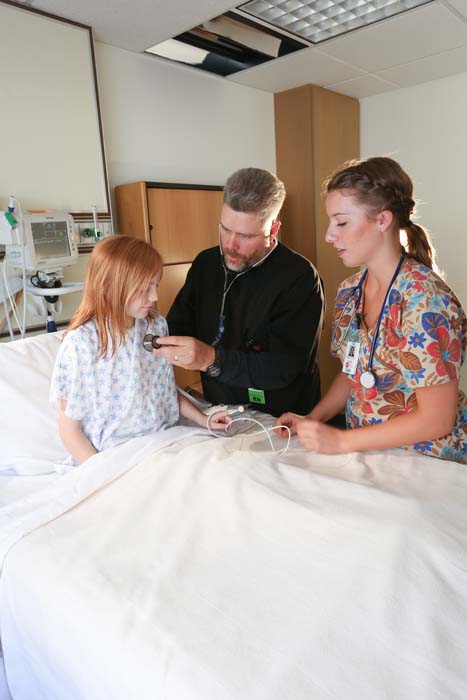Sponsored Content
How lowering hospital readmission rates improves our community’s health
Published 8:21 am Tuesday, March 8, 2022

- Grande Ronde Hospital Nursing Staff
What are readmission rates and why do they matter to you?
Readmission is when a patient discharged from the hospital is readmitted for the same issue within a specific time period — usually 30 days. Readmission rates are an industry standard used as an indicator of quality health care.
Last October, Grande Ronde Hospital was recognized at the national level for our low readmission rates. We have consistently been below state and national averages for the past few years. For example, the aggregate data from 2019 shows that of 536 total patients discharged, 65 — or 12.1% — were readmitted within 30 days. This is significantly lower than the national average for critical access hospitals (CAH), which was 14.9% during that time period. Across Oregon, that rate of readmission for all hospitals was 15%.
The aggregate data percentage of 12 months for the entire 2020 calendar was not readily available, but when adding up the monthly data, we discharged 523 patients that year and only 49 were readmitted within 30 days, or 9.4%. An improvement over the prior year, and notable as that year marked the initial onslaught of the COVID-19 pandemic in Oregon. The Health Quality Innovation Network, which recognized us for these numbers last fall, wanted to know what we were doing right to beat the trend.
For many years, GRH has been actively pursuing improvements to quality care standards in order to improve our patients’ care experience and overall health; hence our efforts to bring the first telemedicine program to Oregon in the early 2000s. Just as the leaders who came before him and embraced telemedicine, our President and CEO Jeremy Davis understands that as a small, rural independent health system we do best when we pull together and develop the solutions that make sense for our community.
In 2019, Davis established a four-year Strategic Plan for 2020-2023 which became the focus for the entire organization driven to seek solutions for improving, among other things, the quality of our patient care. In drilling down to improving readmission rates, the best solutions were aligned to improve the overall health of our patients, streamline our processes and communications, and add the services that made sense.
These efforts led to new initiatives like reviewing monthly readmission rates and exploring how best to help our must vulnerable patients and the highest utilizers of Emergency Services and inpatient hospital care. By establishing our Community Health Worker program, we were able to meet the unique needs of those patients, establish them with primary care providers and reduce frequent emergency department visits. Once identified, clinic coordinators also work with these patients to determine how best to meet the individual’s needs, reduce time to outpatient follow up, and support their efforts in home care.
Our significant provider recruitment success of adding 41 providers over the past three years has not only strengthened preventive care efforts in primary care as noted above, but also given us a dedicated hospitalist team. Both of these have also proven to be crucial to patient outcomes during the pandemic.
In addition, the transition to EPIC, a centralized electronic health record for all users across our system, replaced multiple programs used by different departments that did not always speak well with each other. Communication through EPIC was a significant game changer for many programs for improving the quality of patient care.
Finally, GRH saw early on the significance of behavioral health and how that impacts physical health. Our establishment of a Behavioral Health Program added a new tool to patient care. Our program also set us up to be successful when the opportunity arose to acquire Blue Mountain Associates in March of 2021. We were able to expand our program with additional clinicians and welcome our first psychiatrist to the provider team. Having this service line is key to conquering readmission rates.
The bottom line is, GRH is always looking at how we can keep our patients as healthy as possible physically, emotionally and mentally. By focusing on treating the whole patient, providing a better patient experience that focuses on preventive care and good health maintenance, the chances are that if you need to be admitted to the hospital, once discharged, we won’t see you back for the same issue.









